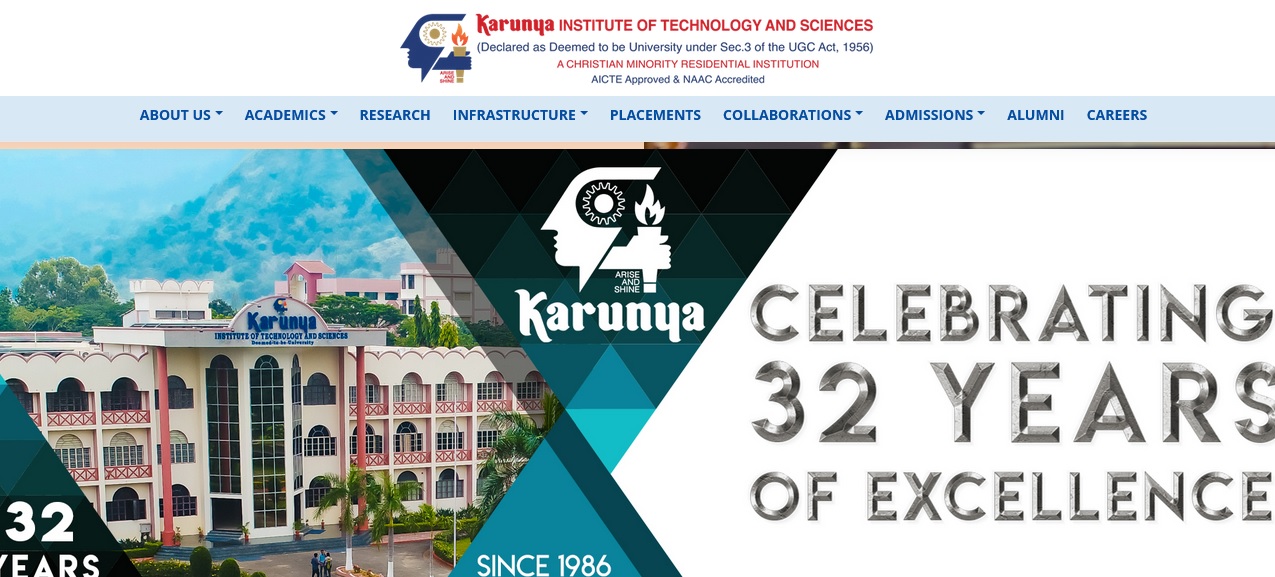09ME202 Engineering Thermodynamics B.Tech Model Question Paper : karunya.edu
Name of the College : Karunya Institute of Technology & Sciences
University : Karunya University
Degree : B.Tech
Department : Mechanical Engineering
Subject Code/Name : 09ME202 Engineering Thermodynamics
Document Type : Model Question Paper
Website : karunya.edu
Download :https://www.pdfquestion.in/uploads/ka…0Q-%20P%20.pdf
Karunya Engineering Thermodynamics Question Paper
Part – A
(10 X 1 = 10 Marks) :
1. Define a closed system.
2. Which is the property introduced by the first law of thermodynamics?
3. What is meant by entropy?
Related : Karunya University 09ME206 Design of Machine Elements B.Tech Model Question Paper : www.pdfquestion.in/2894.html
4. What is meant by irreversibility?
5. h-s diagram is also called as __________.
6. What is meant by saturation temperature?
7. Write down the vander walls equation of state.
8. State the Avogadro’s law.
9. Define compression ratio.
10. The efficiency of the dual combustion cycle, for the same compression ratio is ________ than diesel cycle.

Part – B
(5 X 3 = 15 Marks) :
11. Write steady flow energy equation and reduce it to nozzle.
12. Write the two statements of the second law of thermodynamics.
13. What do you understand by the degree of super heat and degree of subcooling?
14. What is the generalised compressibility chart?
15. Show Rankine cycle on P-V and T-S diagrams.
Part – C
(5 X 15 = 75 Marks) :
16. A system contains 0.15 m3 of a gas at a pressure of 3.8 bar and 1500C. It is expanded adiabatically till the pressure falls to 1 bar. The gas is then heated at a constant pressure till its enthapy increases by 70 kJ. Determine the total work done. Take Cp=1kJ/kgK and Cv=0.714 kJ/kgK .
(OR)
17. In an air compressor, air flows steadily at the rate of 0.25 kg/s. The air enters the compressor at 5 m/s with a pressure of 1bar and a specific volume of 0.5 m³/kg. It leaves the compressor at 7.5 m/s with a pressure of 7 bar and a specific volume of 0.15m³/kg. The internal energy of the air leaving the compressor is 165kJ/kg greater than that of the air entering. The cooling water in the compressor jackets absorbs heat from the air at the rate of 125 kJ/s. Calculate (a) The power required to drive the compressor and (b) ratio of the inlet pipe diameter to outlet pipe diameter.
18. a. A cyclic heat engine operates between a source temperature of 800°C and a sink temperature of 30°C.What is the least rate of heat rejection per kW net output of the engine? (8)
b. Write short notes on Refrigerator with a sketch. (7)
(OR)
19. One kg of water at 273 K is brought into contact with a heat reservoir at 373 K. When the water has reached 373 K, find the entropy change of the water, of the heat reservoir, and the universe. If water is heated from 273 K to 373 K by first bringing it in contact with a reservoir at 323 K and then with a reservoir at 373 K, what will be the entropy change of the universe?
20. 15 kg/sec of steam at 25 bar and 300?C expands isentropically in a steam turbine to 0.33 bar. Determine the power output of the turbine.
(OR)
21. Draw and explain h-S diagram for a pure substance.
22. A vessel contains 8 kg of oxygen, 7 kg of nitrogen and 22 kg of carbon dioxide. The total pressure in the vessel is 400 kPa and the temperature is 1000C. Calculate (a) The partial pressure of each gas in the vessel (b) The volume of the vessel and (c) The total pressure in the vessel when the temperature is raised to 2000C.
(OR)
23. Explain the method to determine the Higher Calorific Value (HCV) of a fuel by using Bomb Calorimeter with a neat sketch.
24. An engine working on the otto cycle is supplied with air at 0.1MPa, 35?C. The compression ratio is 8. Heat supplied is 2100kJ/kg. Calculate the maximum pressure and temperature of the cycle, the cycle efficiency and the mean effective pressure. (For air, Cp = 1.005kJ/kgK, Cv = 0.718kJ/kgK and R = 0.287kJ/kgK)
(OR)
25. A hot air engine works on Brayton cycle with initial and final pressures of air as 3 bar and 1 bar respectively. If the temperature before isentropic compression and isentropic expansion are 298K and 923 K. Determine : (a) heat supplied per kg of air, (b) Heat rejected per kg of air, (c) Work done per kg of air and (d) Efficiency of the engine. Take Cp = 1kJ/kgK, Cv = 0.715kJ/kgK.
A system contains 0.15 m3 of a gas at a pressure of 3.8 bar and 1500C. It is expanded adiabatically till the pressure falls to 1 bar. The gas is then heated at a constant pressure till its enthapy increases by 70 kJ. Determine the total work done. Take Cp=1kJ/kgK and Cv=0.714 kJ/kgK .